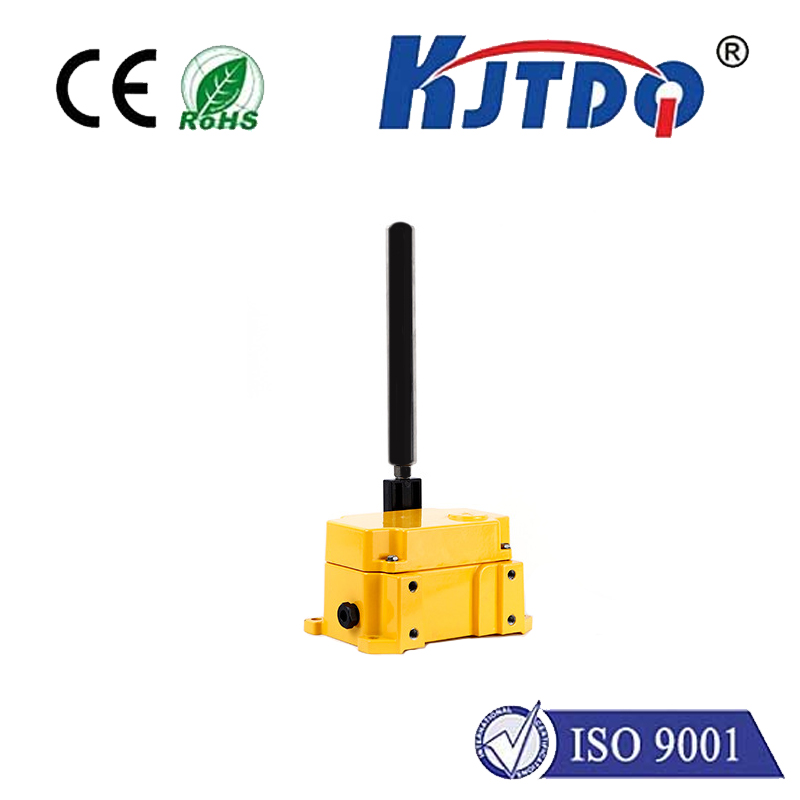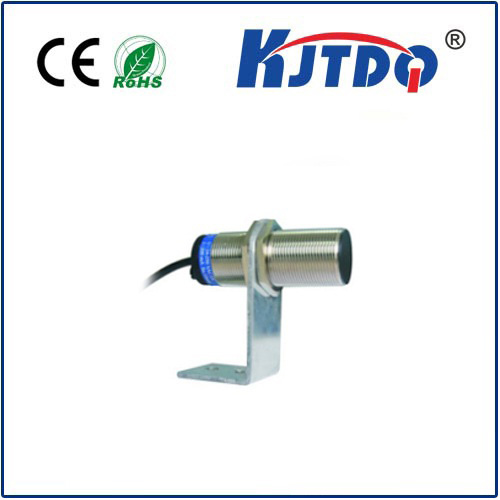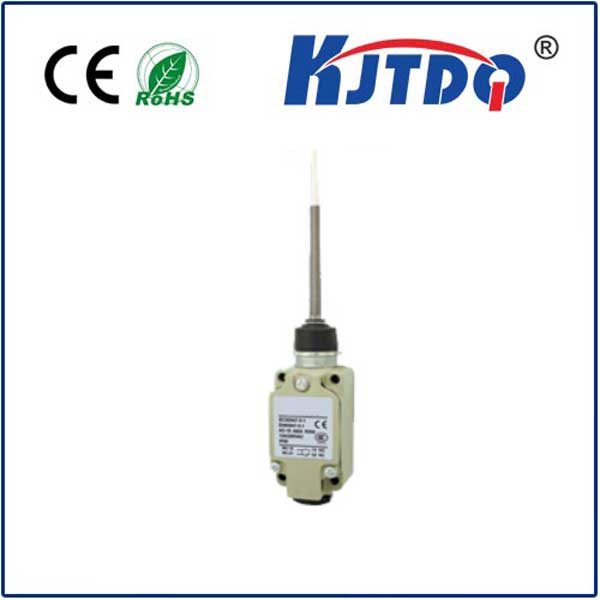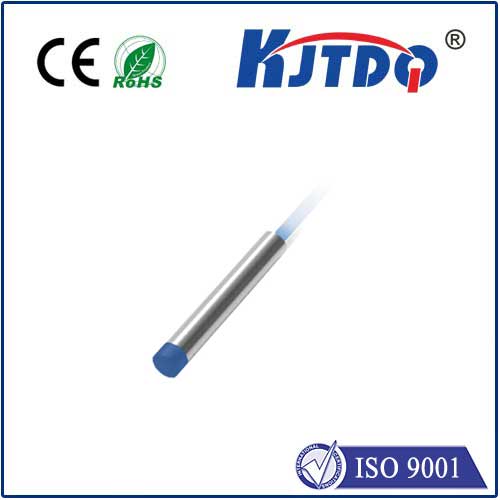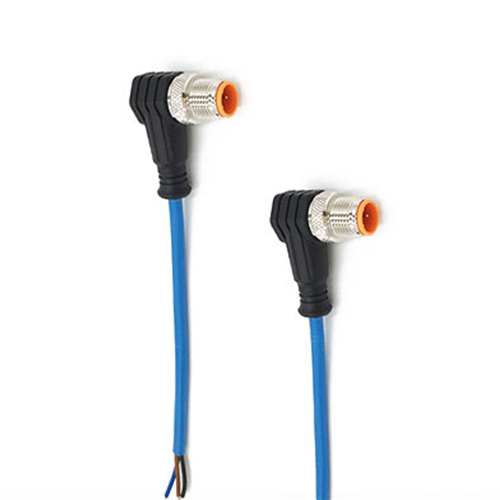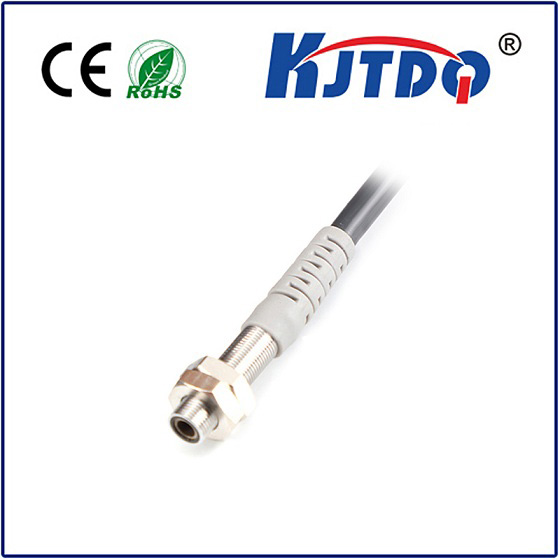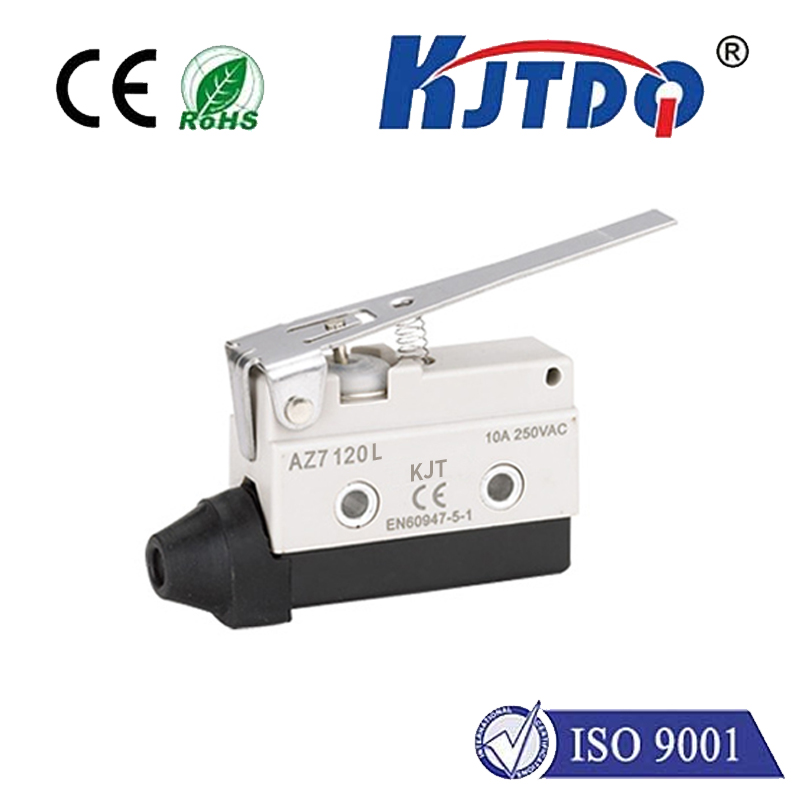Unlocking the Invisible: How Ultra Sensors Are Revolutionizing Our World
Imagine a world where machines detect the subtlest changes in their environment with near-magical precision – a single cancerous cell among billions of healthy ones, the faintest trace of a hazardous gas, or the microscopic stress in a critical aircraft component long before it fails. This is no longer science fiction. It’s the tangible reality ushered in by the era of ultra sensors. These aren’t just better sensors; they represent a paradigm shift in our ability to perceive, measure, and interact with the physical world.
Moving far beyond their traditional counterparts, ultra sensors are characterized by their extraordinary capabilities: unparalleled sensitivity, exceptional accuracy, miniaturization to previously impossible scales, heightened resilience in harsh environments, and remarkably low power consumption. They are the culmination of breakthroughs across multiple disciplines – advanced materials science pushing the boundaries of responsiveness, nano-fabrication techniques enabling intricate designs at the atomic level, breakthroughs in photonics manipulating light for detection, sophisticated signal processing algorithms extracting meaning from noise, and the seamless integration potential demanded by the Internet of Things (IoT).
What Fuels the Ultra Sensor Surge?

Several converging forces are driving the relentless advancement and adoption of these sophisticated ultra sensors:
Where Ultra Sensors Are Making an Impact Right Now
The applications are vast and continuously expanding:
Facing the Ultra Frontier: Challenges Remain
Despite their transformative potential, the widespread deployment of ultra sensors faces hurdles. Manufacturing these intricate devices at scale and cost-effectively is complex. Ensuring their long-term stability and calibration, especially in demanding environments, is critical. Integrating massive streams of high-fidelity data from dense sensor networks demands robust, low-latency communication infrastructure and sophisticated edge or cloud computing resources. Furthermore, the implications for privacy and data security become significantly amplified as sensors detect increasingly personal or sensitive environmental information.
The Future is Sensing Extremes
The trajectory for ultra sensors is clear: pushing the boundaries of what can be detected and how small and integrated they can become. We are moving towards sensors capable of detecting individual molecules or quantum-level phenomena. Nanoscale and molecular-scale sensing is rapidly emerging. The vision of ubiquitous sensing – where intelligent ultra sensors are seamlessly woven into the fabric of our cities, infrastructure, clothing, and even bodies – is becoming increasingly feasible. This promises unprecedented levels of awareness, automation, and personalized insight.
The emergence of ultra sensors marks a fundamental leap in our technological senses. They are enabling us to perceive the world with a clarity and depth previously unimaginable, transforming industries, enhancing human health, protecting our planet, and paving the way for truly intelligent systems. Their ability to unlock the invisible is fundamentally reshaping our reality. The era of ultra-precise, next-generation detection is not just arriving; it is actively defining the future.
